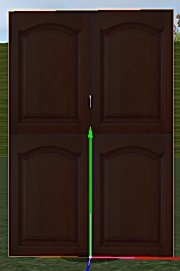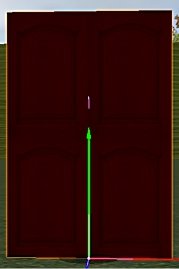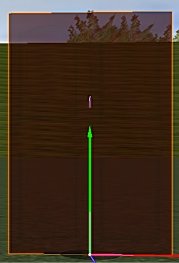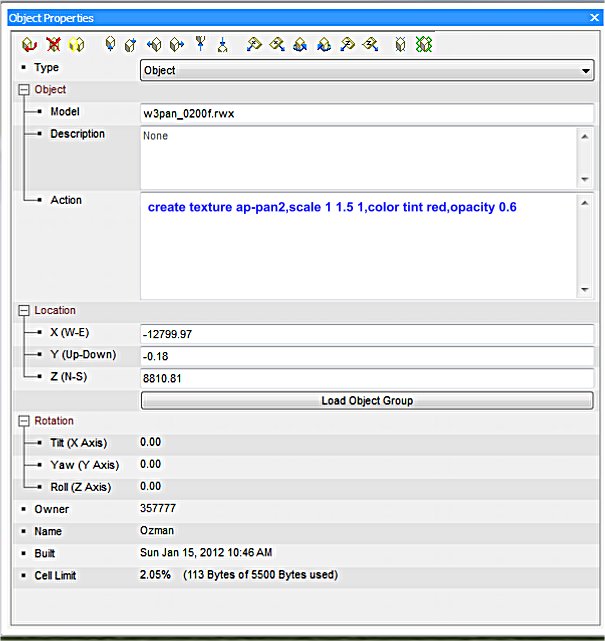A review of some key scripting commands
As AW evolves, the ability to manipulate objects using the growing list of commands, triggers, and such enables a builder to take a simple object, for example, a wall part, and really doctor it up quite considerably. In this issue of Building Tips, we will take a simple 2D wall object and add a variety of different commands and variables to show what you can do. Let's begin.






